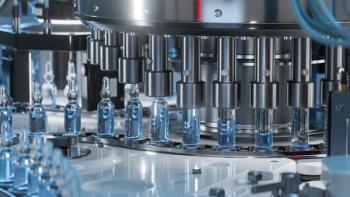
This issue showcases strategies that organizations are adopting to stay competitive as pressing industry trends shape the sector.

This issue showcases strategies that organizations are adopting to stay competitive as pressing industry trends shape the sector.

This paper provides an in-depth overview of the anatomical structure and functional dynamics of renal filtration, secretion, and reabsorption processes that govern drug clearance.

The increasing diversity and complexity of injectable drug products is driving innovation.

Artificial intelligence and machine learning are anticipated to boost success rates.

Artificial intelligence, machine learning, and novel instruments are helping drug developers evaluate complex data from bioanalytical studies.

Siegfried Schmitt, PhD, vice-president, Technical at Parexel, answers questions on the use and benefits of real-world evidence for small-molecule and large-molecule drug development.

The FDA draft guidance "Considerations for Complying with 21 CFR 211.110" raises points to consider regarding drug products made using advanced manufacturing, batch uniformity, drug product integrity, and how manufacturers can incorporate process models into control strategies.

Advances in digital technologies offer effective data handling for bio/pharma manufacturing.